SEO Statistics, Facts & Trends for Business Growth
Google dominates the search engine market with a 92.05% market share and 53.3% of website traffic comes from organic search.
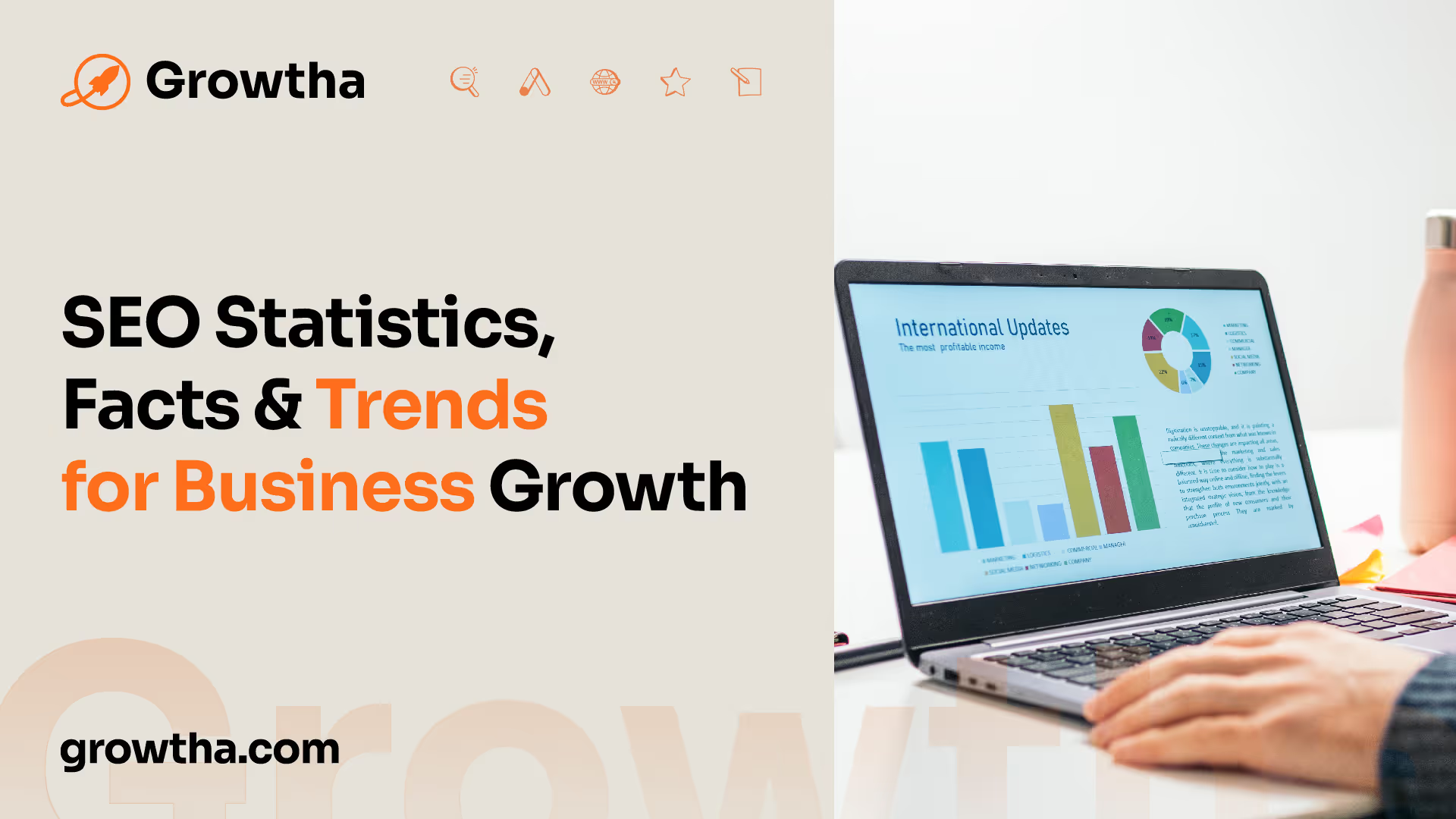

SEO Statistics, Facts & Trends for Business Growth
Top 10 Key Statistics for SEO
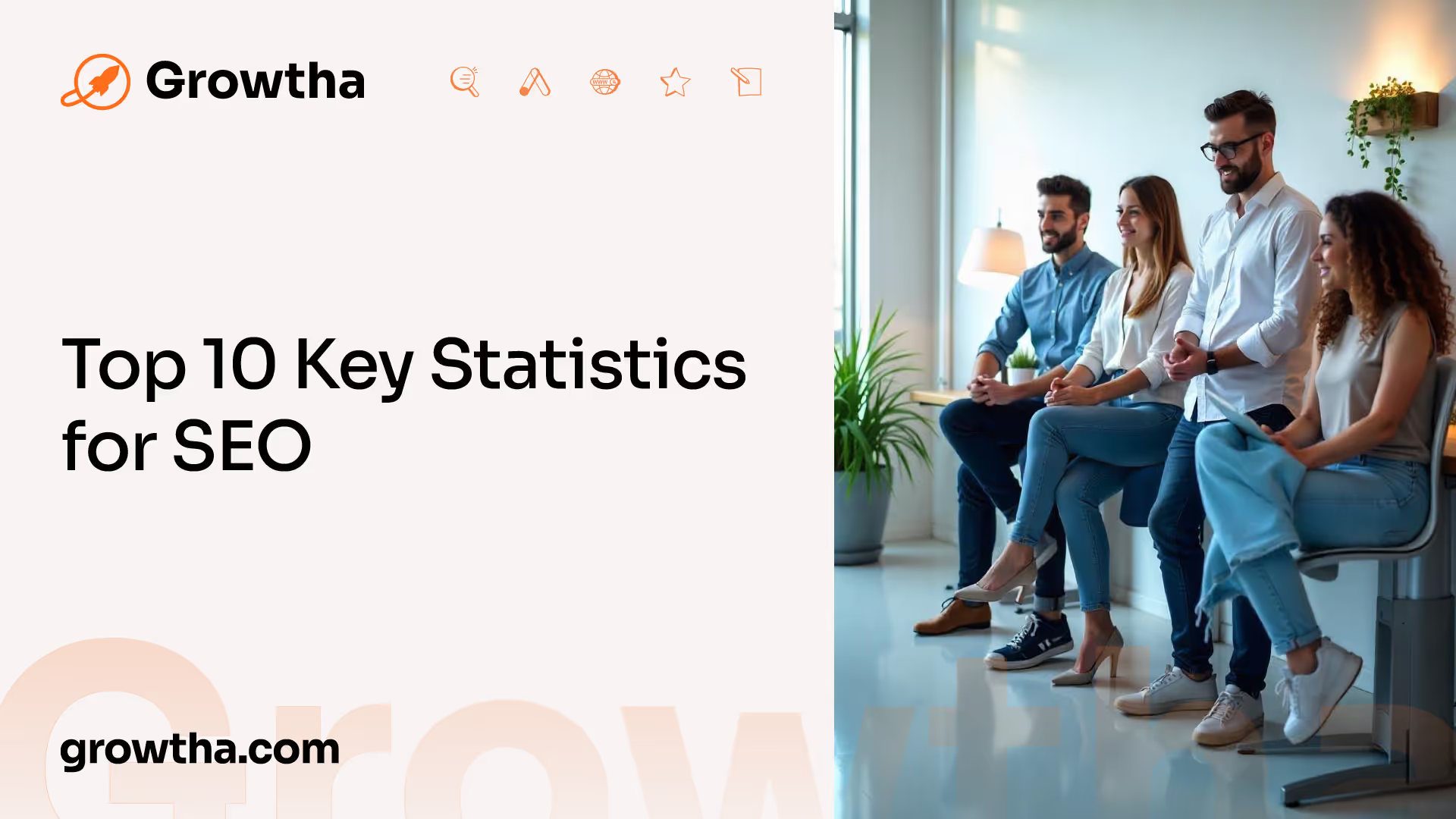
- Google dominates the search engine market with a 92.05% market share.
- 53.3% of website traffic comes from organic search.
- 81% of people perform some type of online research before making a large purchase.
- The average first-page result on Google has 1,890 words.
- 72% of consumers who did a local search visited a store within five miles.
- 46% of all Google searches are seeking local information.
- 60% of Google searches are now done on mobile devices.
- 61% of marketers say improving SEO and growing their organic presence is their top inbound marketing priority.
- 53.7% of web pages have zero backlinks pointing to them.
- 88% of consumers trust online reviews as much as personal recommendations.
Lead Generation Strategies

In the world of business, lead generation is the process of attracting and converting potential customers into interested prospects. It plays a crucial role in business growth, allowing companies to expand their customer base and increase sales.
Let's explore the importance of lead generation and some common types of lead generation strategies.
Importance of Lead Generation
Lead generation is vital for businesses for several reasons. Here are some key points that highlight its significance:
- Organic Traffic: Over 50% of all website traffic comes from organic search, making it the biggest driver of website traffic. By implementing effective lead generation strategies, businesses can optimize their online presence and attract potential customers through organic search results.
- Higher Conversion Potential: Leads generated through targeted strategies are more likely to convert into paying customers. By focusing on attracting qualified leads, businesses can increase their conversion rates and improve their overall sales performance.
- Increased Visibility: Ranking higher in search engine results is crucial for lead generation. The first organic desktop search result on Google has a 31.7% click-through rate (CTR) on average, demonstrating the importance of ranking high in search results. Appearing in the top positions increases visibility, leading to higher click-through rates and more opportunities for customer engagement.
- Competitive Edge: With intense competition in the digital landscape, businesses need to stand out from the crowd. By implementing effective lead generation strategies, businesses can differentiate themselves from competitors, attract more potential customers, and gain a competitive advantage.

Types of Lead Generation Strategies
There are various lead generation strategies that businesses can adopt to attract potential customers. Here are some common types:
- Targeting Long-Tail Keywords: To increase organic traffic on a website, targeting long-tail keywords is essential. Long-tail keywords are specific and more focused phrases that match the intent and needs of the audience, while having less competition compared to generic terms [2]. By optimizing content for long-tail keywords, businesses can effectively reach their target audience and generate quality leads.
- Building Backlinks: Backlinks are a crucial ranking factor for search engines. Backlinko's study of 11.8 million Google search results revealed a clear correlation between backlinks and high rankings [3]. By actively building high-quality backlinks from reputable websites, businesses can improve their search rankings, increase visibility, and attract potential customers.
- Creating Comprehensive Content: Longer content tends to rank higher in search engine results. The average Google first-page result contains 1,447 words [3]. By creating in-depth and valuable content, businesses can establish themselves as industry experts, attract organic traffic, and generate more leads.
- Implementing HTTPS Encryption: Pages with HTTPS encryption are more prevalent among the top positions in Google's search results. 65% of all domains ranking for high-volume keywords have HTTPS. By implementing HTTPS encryption on their websites, businesses can enhance security, gain trust from potential customers, and improve their search rankings.
- Leveraging Social Media: Social signals, such as the number of social media shares, have an impact on search engine rankings. The top Google results tend to have a high number of social media shares [3]. By actively engaging with their target audience on social media platforms, businesses can increase brand visibility, attract potential customers, and generate leads.
By implementing these lead generation strategies, businesses can effectively attract potential customers, increase their online visibility, and ultimately drive business growth. It's important to carefully analyze and adapt these strategies to align with the specific needs and goals of the business.
SEO Statistics and Trends
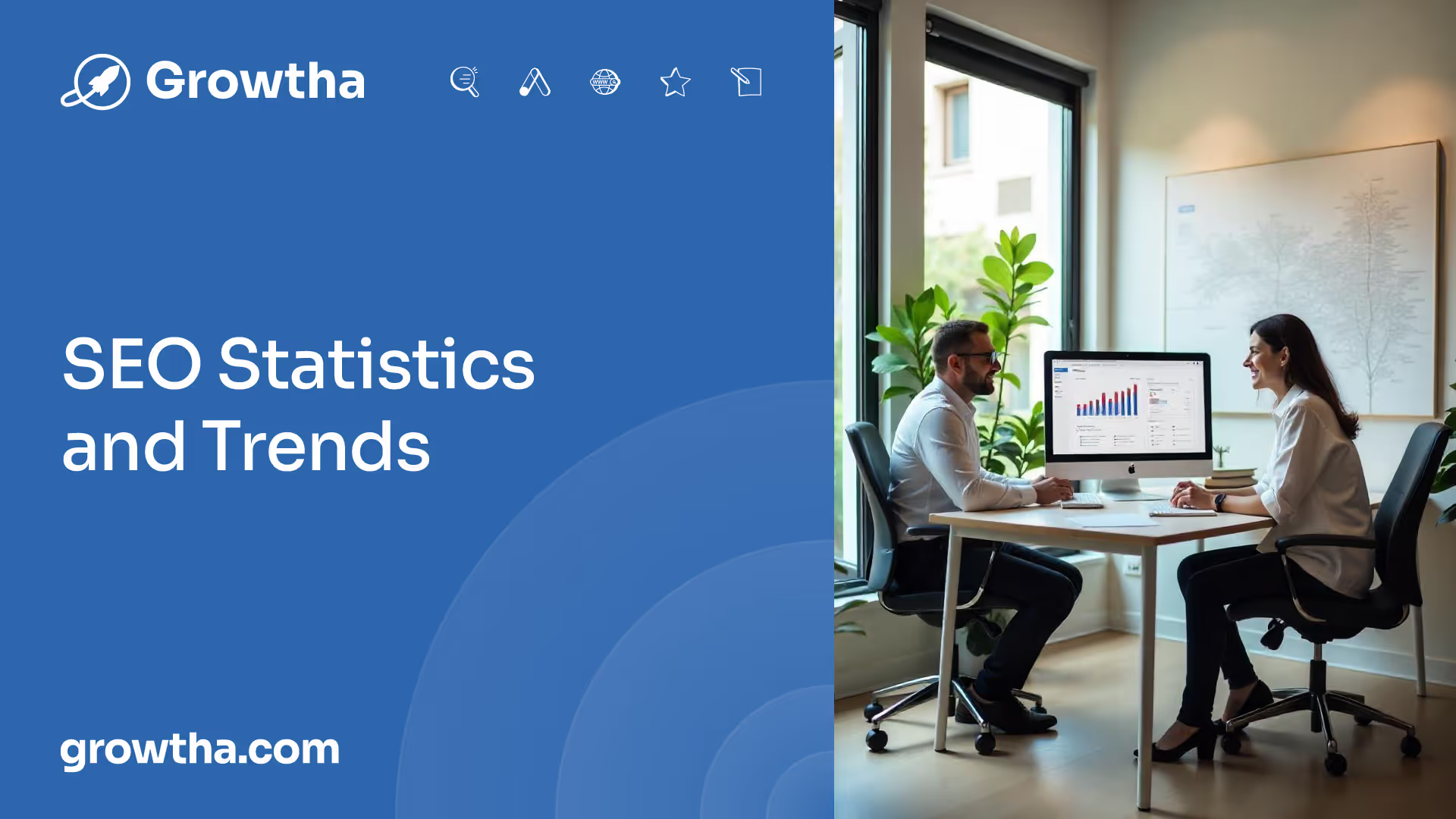
In the ever-evolving world of SEO, staying informed about the latest statistics and trends is crucial for businesses aiming to optimize their online presence. Let's explore some key SEO statistics and trends that can help drive organic traffic and improve search rankings.
Impact of Long-Tail Keywords on Organic Traffic
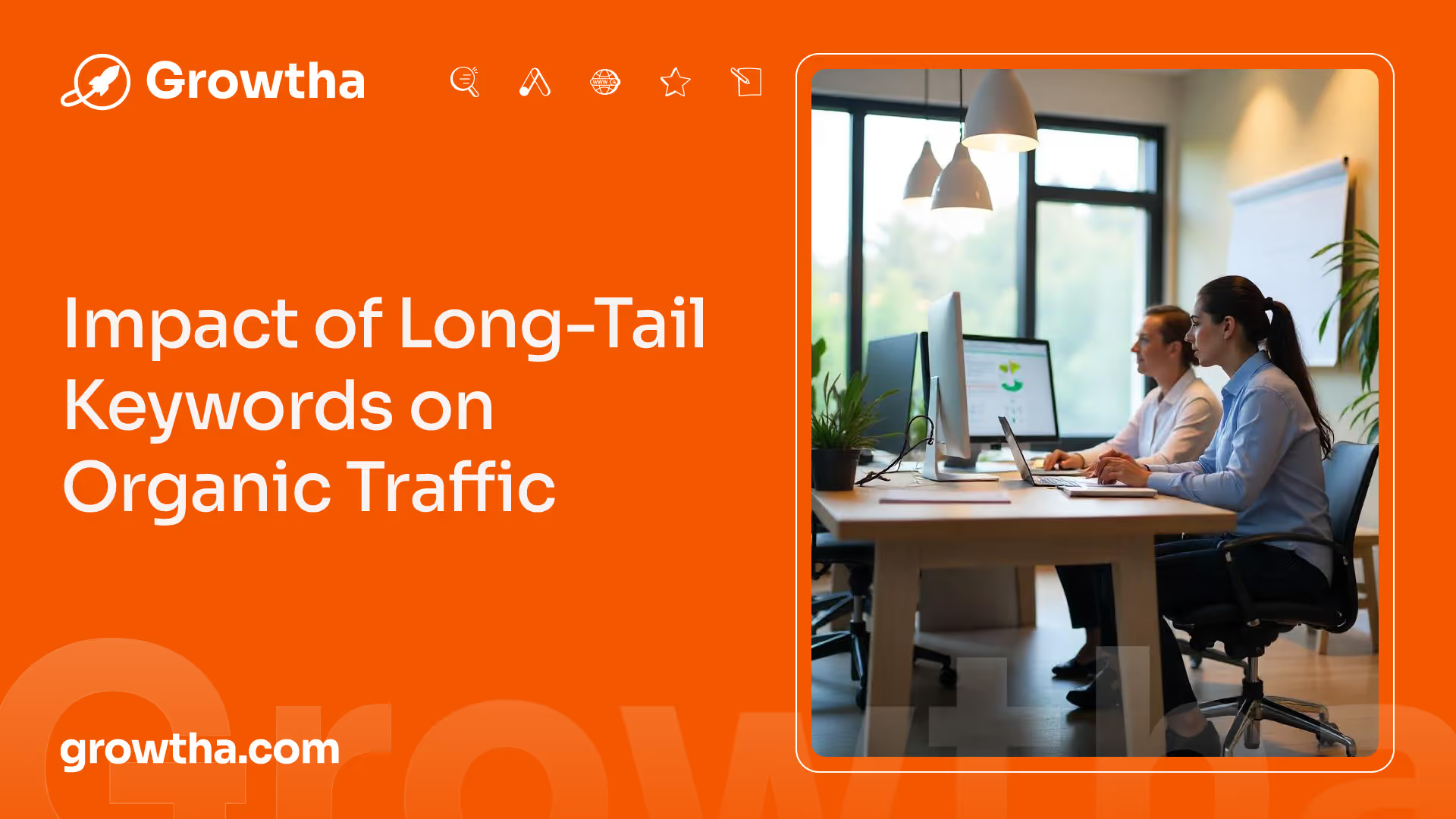
To increase organic traffic, targeting long-tail keywords is essential. Long-tail keywords are more specific and match the intent and needs of the audience. They also have less competition compared to generic terms. By incorporating long-tail keywords into your content and optimization strategies, you can attract highly targeted traffic to your website [2].
The Influence of Backlinks on Search Rankings
Backlinks play a significant role in search engine rankings. A study of 11.8 million Google search results revealed a clear correlation between backlinks and high rankings. Websites with a strong backlink profile tend to perform better in search results. Building high-quality backlinks from authoritative sources can help improve your website's visibility and increase its chances of ranking higher.

The Role of Content Length in SEO
Content length is an important factor in SEO. Research has shown that longer content tends to rank higher in Google's search results. The average first page result on Google contains 1,447 words. However, it's essential to focus on creating high-quality, valuable content rather than simply aiming for word count. By providing comprehensive and informative content that satisfies user intent, you can improve your chances of ranking higher in search results [3].
HTTPS and Its Effect on Search Rankings
Pages with HTTPS encryption are becoming more prevalent among top-ranking websites. HTTPS is a secure protocol that ensures data privacy and integrity. A study found that 65% of all domains ranking for high-volume keywords have implemented HTTPS. Implementing HTTPS on your website can not only enhance security but also positively impact your search rankings.
Social Signals and Search Engine Rankings
Social signals, such as shares and engagement on social media platforms, have a correlation with higher search engine rankings. Websites that receive a high number of social media shares tend to rank better in search results. This highlights the importance of creating shareable content and leveraging social media platforms to amplify your online presence.

Organic Click-Through Rate (CTR) and SEO Performance
Organic click-through rate (CTR) plays a significant role in influencing organic rankings on search engines. Higher CTRs indicate that users find your content relevant and valuable. Optimizing your meta titles and descriptions, as well as improving the overall attractiveness of your search snippets, can help increase your CTR and improve your SEO performance [3].
Voice Search and Its Impact on SEO
Voice search is gaining traction and is expected to rise significantly in the coming years. It is estimated that voice search will account for 50% of all searches by the end of 2020. To adapt to this trend, businesses need to optimize their websites for voice search by focusing on long-tail conversational keywords and providing concise, direct answers to common queries. Voice search optimization can have a significant impact on SEO strategies and help businesses stay ahead in the digital landscape.
By keeping up with these SEO statistics and trends, businesses can make informed decisions and implement effective strategies to enhance their online visibility, attract more organic traffic, and ultimately drive business growth.
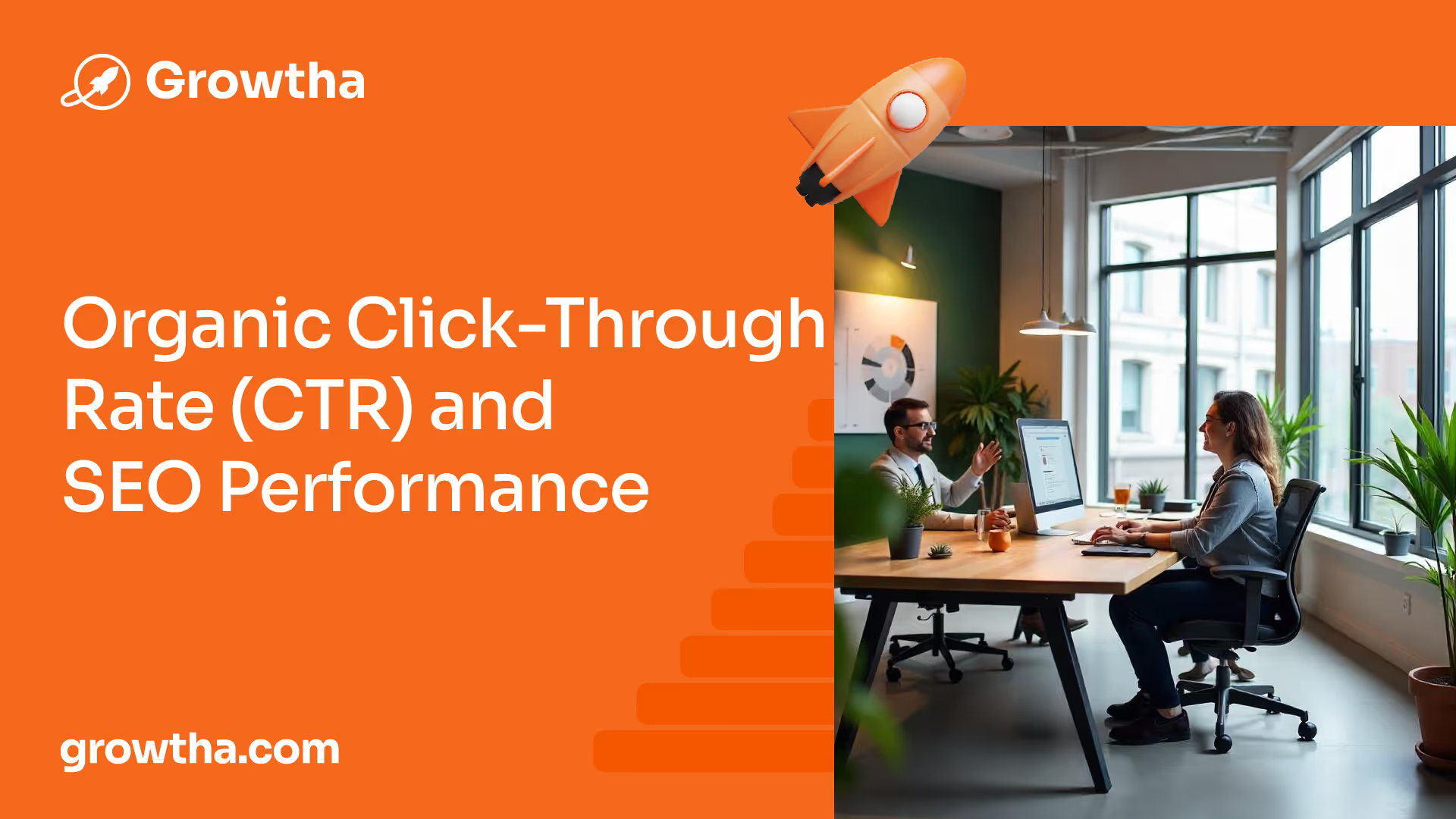
Effective SEO Strategies for Lead Generation
To successfully generate leads through SEO, implementing effective strategies is essential. By optimizing various aspects of your website and considering important ranking factors, you can increase your visibility and attract potential customers. Here are some key strategies to consider:
Optimizing for Featured Snippets
Featured snippets are prominent search results that appear at the top of Google's search results page, providing concise answers to user queries. Optimizing your content to appear in featured snippets can significantly increase click-through rates on organic search results by up to 8%. To optimize for featured snippets, focus on providing clear and concise answers to common questions related to your industry or niche.
Importance of Ranking on the First Page of Google
Securing a position on the first page of Google's search results is crucial for generating leads. Statistics show that 95% of people never go past the first page, emphasizing the importance of ranking well. To improve your chances of ranking on the first page, focus on optimizing your website's content, structure, and performance. This includes implementing relevant keywords, creating high-quality and engaging content, and improving your website's user experience.
Expertise, Authority, and Trustworthiness (E-A-T) in SEO
Google's "medic update" in August 2018 highlighted the importance of expertise, authority, and trustworthiness (E-A-T) as major ranking factors, particularly for websites in the "your money or your life" category. To optimize your website's E-A-T, focus on establishing your expertise by creating valuable and accurate content, building authoritative backlinks, and displaying trust signals such as customer reviews and testimonials.

On-Page and Off-Page SEO Factors
Both on-page and off-page SEO play crucial roles in improving your search rankings. On-page SEO involves optimizing factors directly on your website, including code, content, and user experience.
This includes incorporating relevant keywords, optimizing meta tags, improving page load speed, and ensuring mobile responsiveness. Off-page SEO, on the other hand, focuses on actions taken outside of your website to enhance its authority and trustworthiness. This includes building high-quality backlinks, engaging in social media marketing, and generating positive online reviews.
Mobile vs Desktop Usage and SEO Considerations
Considering the increasing prevalence of mobile devices, optimizing your website for mobile users is crucial. By 2024, mobile devices are projected to account for 56% of global internet traffic. Ensure your website is mobile-friendly, loads quickly, and provides a seamless user experience across different devices to attract and retain mobile users.
Page Speed and Its Impact on Search Rankings
Page speed is a significant factor in search rankings. Research indicates that the average first-page result on Google loads in 1.285 seconds. To improve your website's page speed, optimize images, minify code, utilize caching techniques, and choose a fast and reliable hosting provider. A faster website not only improves your search rankings but also enhances the user experience, reducing bounce rates and increasing the likelihood of lead generation.
By implementing these effective SEO strategies, you can optimize your website for lead generation and improve your chances of attracting potential customers. Remember to continuously monitor your website's performance, adapt to evolving SEO trends, and refine your strategies to stay ahead in the competitive online landscape.

FAQs
What is the importance of SEO?
SEO is important because it helps businesses get discovered by potential customers who are actively searching for their products or services. By optimizing their websites for search engines, businesses can increase their visibility in search engine results pages (SERPs), drive more traffic to their sites, and ultimately boost their revenue.
How often should I update my website's content for SEO purposes?
There is no hard and fast rule when it comes to updating your website's content. However, it is generally recommended that you update your site at least once a week with fresh, relevant content. This will not only help improve your site's rankings in search engine results pages (SERPs) but also keep visitors coming back for more.
How long does it take to see results from SEO efforts?
The time it takes to see results from SEO efforts can vary depending on a number of factors such as the competitiveness of your industry, the quality of your website's content, and how well you execute your SEO strategy. In general, however, it can take anywhere from 3 to 6 months to start seeing significant improvements in your site's search engine rankings.
What are some common mistakes businesses make when trying to improve their SEO?
Some common mistakes businesses make when trying to improve their SEO include keyword stuffing (using too many keywords on a page), neglecting mobile optimization, focusing too much on link building rather than creating quality content, and ignoring local search optimization. It's important to avoid these mistakes and focus on creating a comprehensive SEO strategy that includes all aspects of optimization.
Conclusion
These SEO statistics, facts, and trends illustrate the importance of staying up-to-date with the latest SEO practices. By following these trends, businesses can improve their online presence and drive more organic traffic to their websites.
References
[1]: https://ahrefs.com/blog/seo-statistics/
[2]: https://www.linkedin.com/advice/3/how-do-you-get-more-organic-traffic
[3]: https://backlinko.com/google-ranking-factors
[4]: https://www.searchenginewatch.com/2020/01/03/voice-search-impact-seo-in-2020/
[5]: https://optinmonster.com/seo-ranking-factors/
[6]: https://www.linkedin.com/pulse/mobile-vs-desktop-usage-statistics-2024-glimpse-future-francis-







